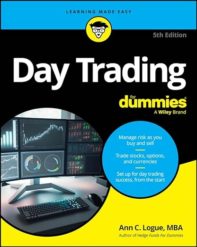My work on strategic planning brought me to this Harvard compilation, HBR’s 10 Must Reads on Strategy. It’s nice to have an easy read, to jog my memory of all the basics of strategy that I have learned over the years.
The first chapter is “What is Strategy”, an introduction by Michael Porter, who wrote the standard business school materials on the subject. He says that strategy is a cohesive activity system, with the different parts of the organization fitting together in a way that is not only logical, but that is conducive to continuity. It’s an approach or idea that makes all the pieces of the organizations fit together.
If something doesn’t fit, then it may be time to let it go.
That’s the tough one, because there are so many ideas that make sense for a while, but then don’t. It’s hard to get rid of something that was once a good idea, though, because there may be people and passions invested in it. If an organization can’t clarify the connecting idea, then Porter says that they run the risk of a “me too” or hedging approach, and those in turn create dysfunction.
This is especially common with non-profits. Someone came up with something that was a good idea at the time, and no one wants to shut it down because there are a few people who are benefiting. And isn’t that what a non-profit should do?
Porter says to look first at activities that are most profitable. That doesn’t necessarily mean dollars, by the way. It may mean the thing that helps the most people, generates the most enthusiasm, or has the strongest identity with the organization. “Return” and “investment” don’t have to be looked at in dollar terms.
After profitability, he has two more metrics that are interesting. One is to think of the activity that is most unusual or unique, the other is to consider the vision of the founders. Would the founders be excited about this project? They may, but they may not. If an organization has outlived its founders, there’s a good chance that they had a core idea that is worth revisiting.
In short: be distinctive, create fit, communicate. Those are the elements of a strategic plan.



